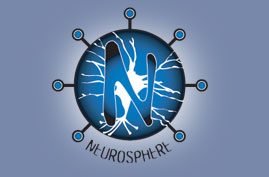RFID for Medical Records
Personal Infrastructure
Don’t want to carry a laptop all the time. Don’t even want to carry a PDA (even though it’s your cell phone?) I’m more interested in how I can access the world’s information, but this is how it cuts the other way.
“RFID chips would relieve doctors of having to spend hours searching for the identities of unknown patients and the confusion over unknown patients’ treatment preferences, he said. This would make RFID chips ideal for people who engage in extreme sports and do not carry their wallets, or for people with medical conditions that make them unable to communicate – although Halamka said the latter situation poses ethical dilemmas involving the issue of patient consent.”
http://www.spacedaily.com/news/gps-05zzzo.html
(I found this in FuturEdition from the Arlington Institute (arlingtoninstitute.org)
